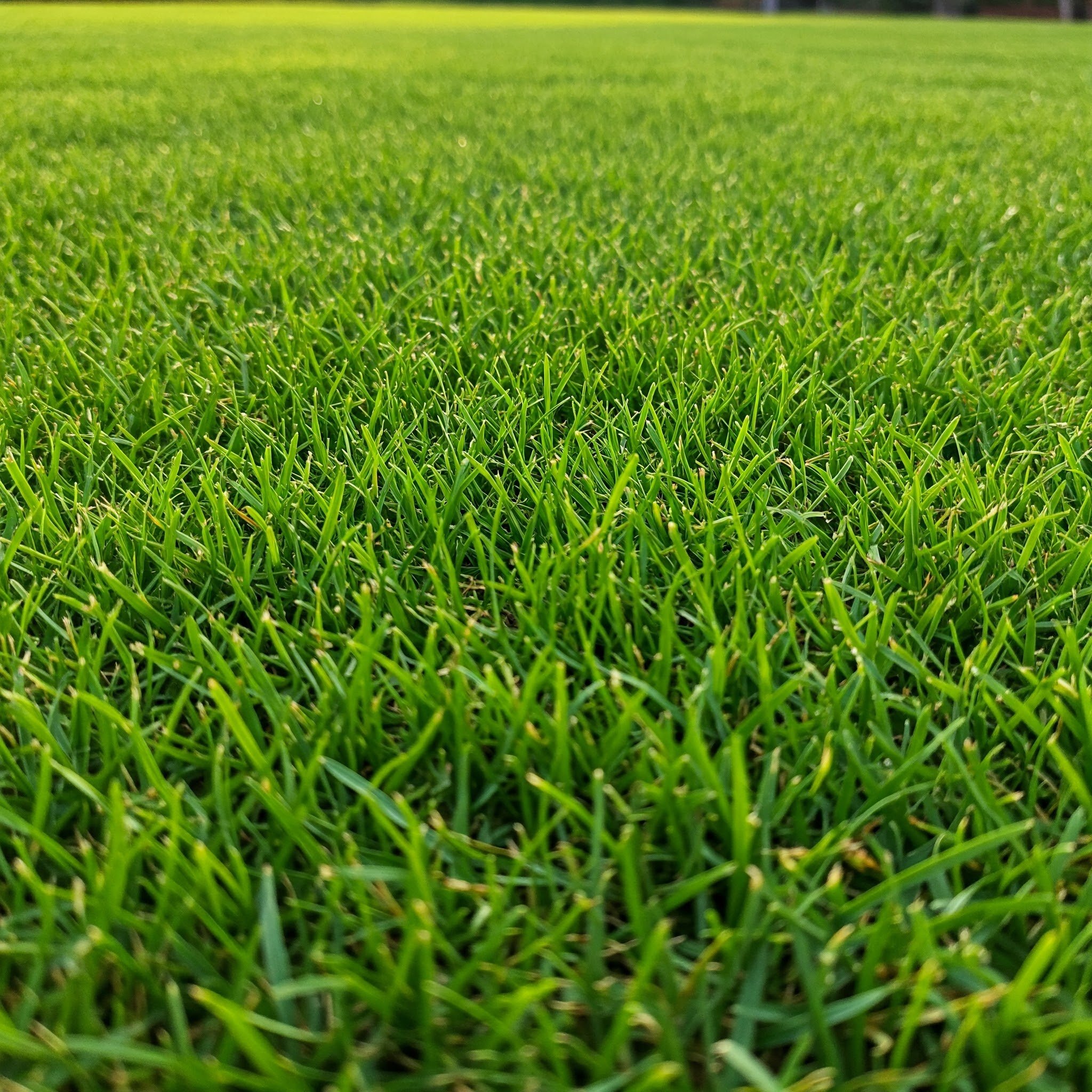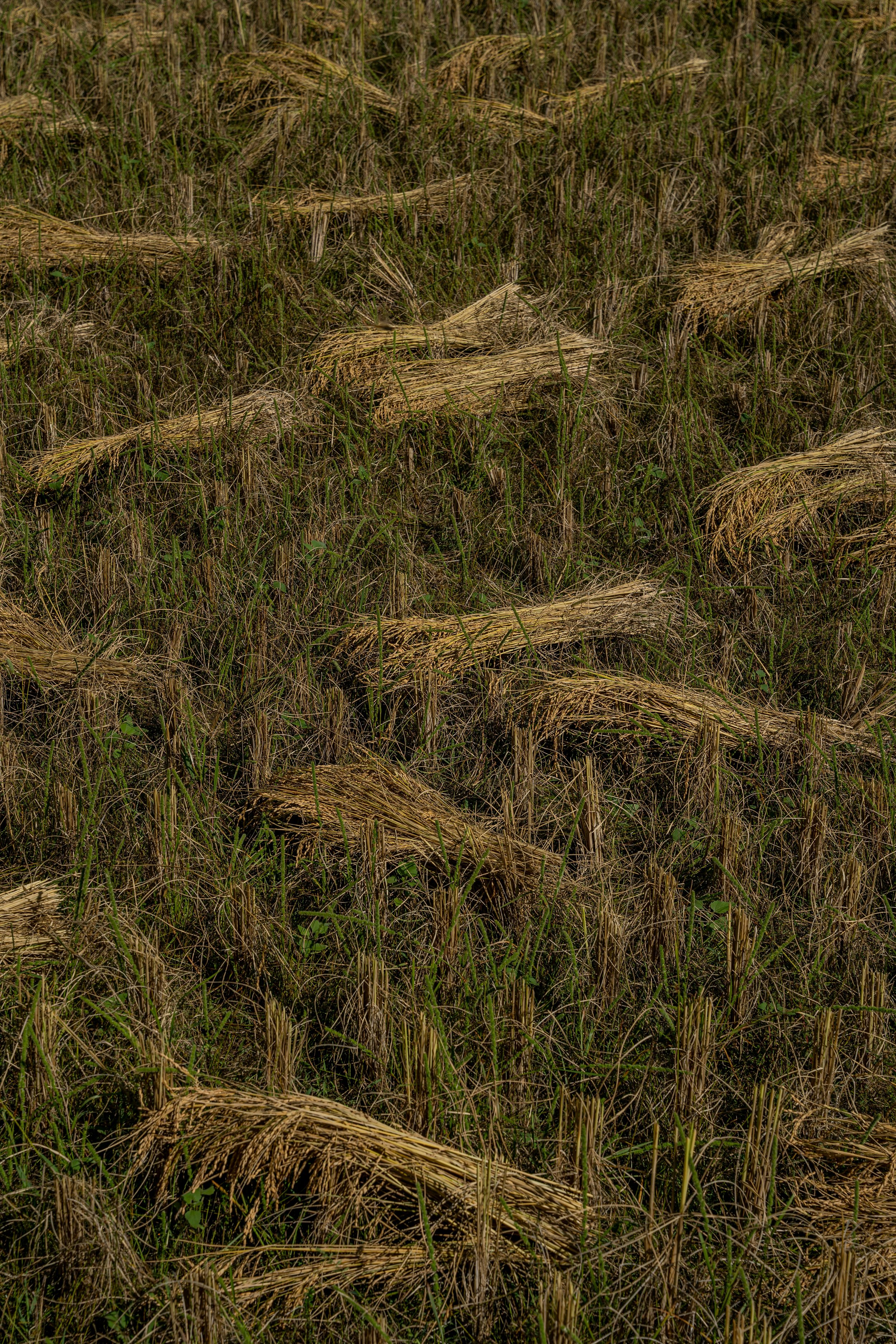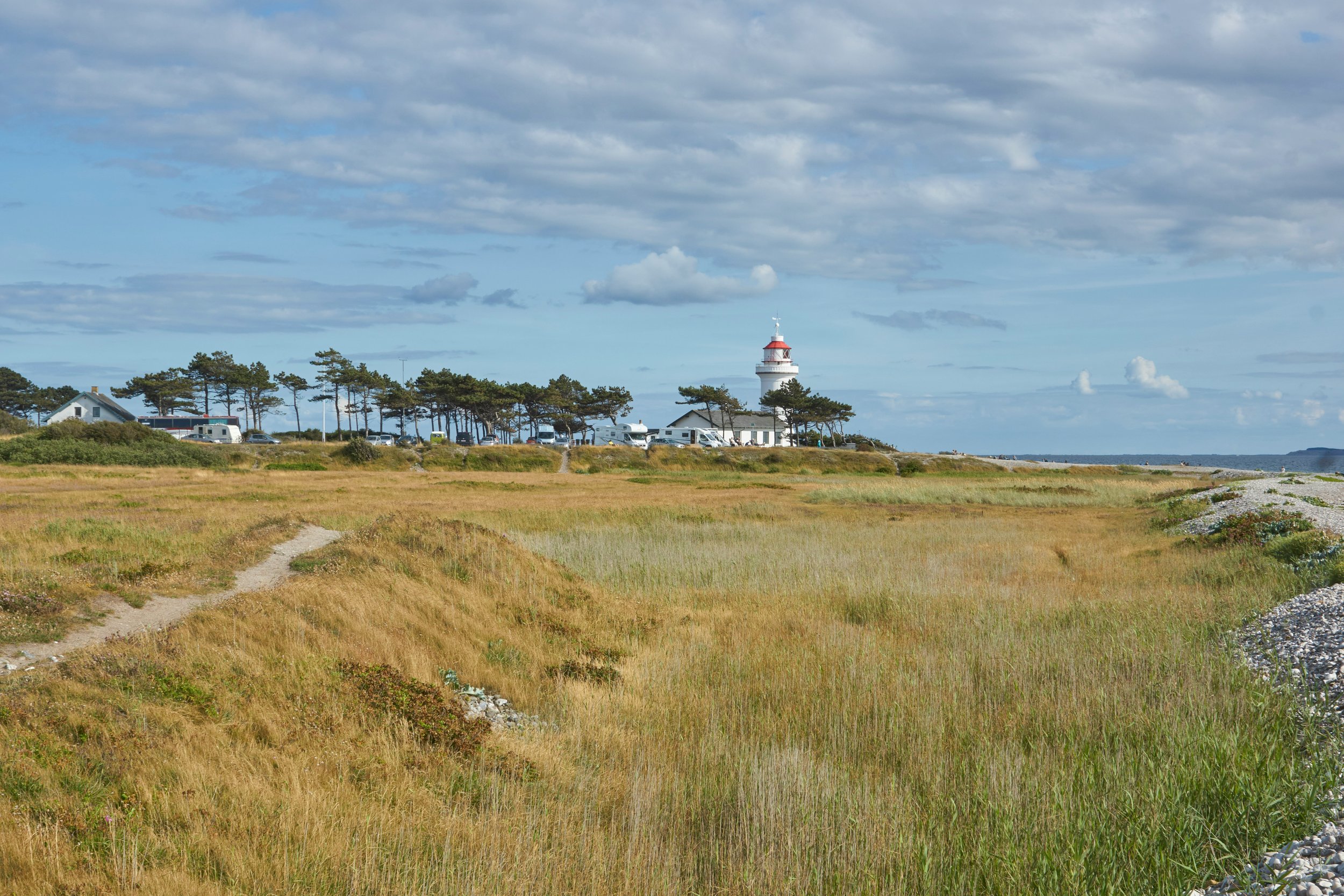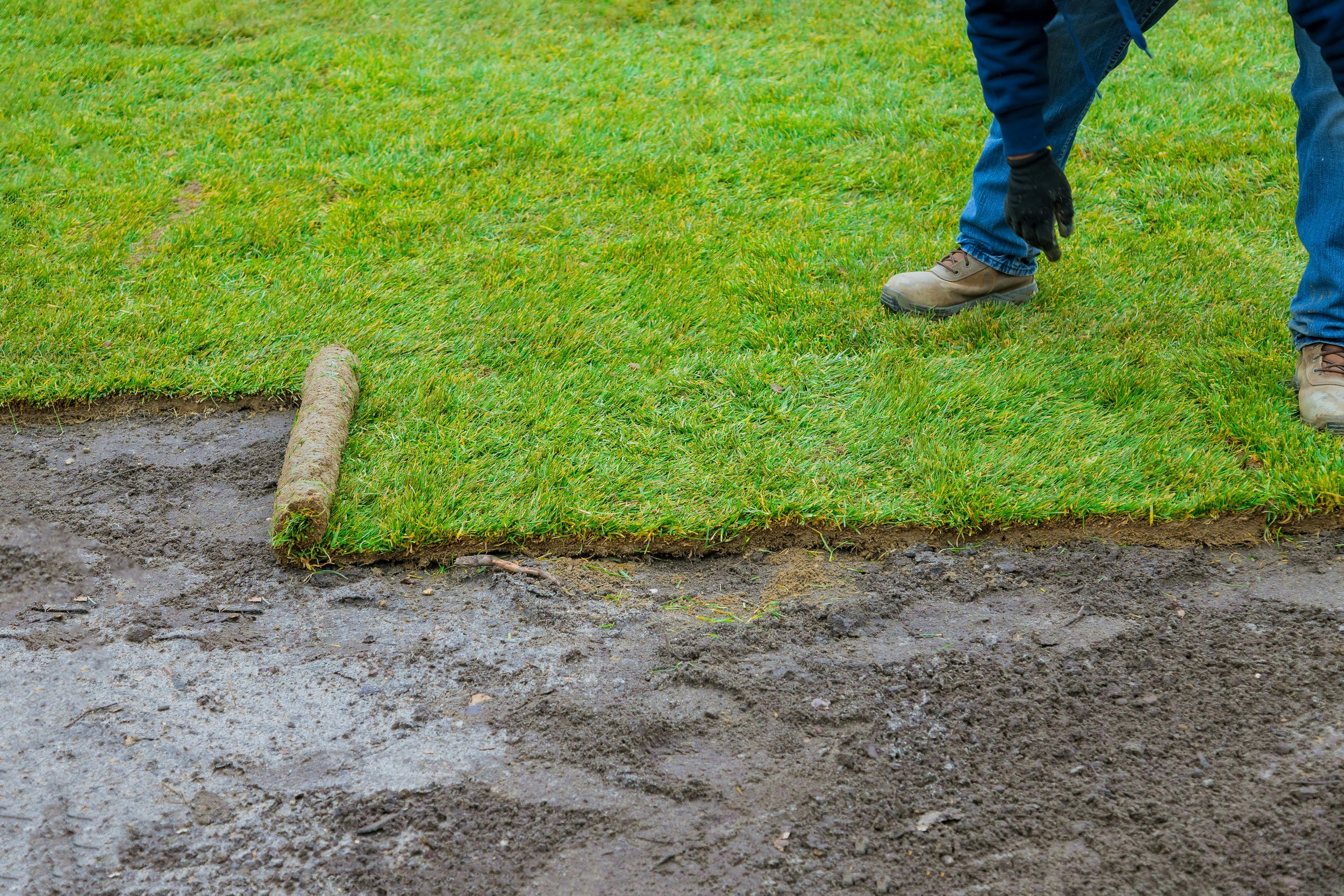How to Plant Grass Seed on Hard Dirt: A Step-by-Step Guide
Struggling with bare patches of hard dirt? Learn how to grow grass on hard dirt with this easy, step-by-step guide and transform your lawn into a lush, green haven.
Ever looked out at your yard, only to see patches of hard, lifeless dirt where lush green grass should be? You’re not alone. Growing grass on hard dirt might seem like a Herculean task, but with the right steps and a little patience, you can transform that barren patch into a thriving green space. In this article, How to Grow Grass on Hard Dirt: A Step-by-Step Guide, we’ll walk you through everything you need to know to achieve the lawn of your dreams.
From loosening compacted soil to choosing the right type of grass seed, we’ve got you covered with practical, actionable advice. Ready to roll up your sleeves and get started? Let’s dive in!
Why Is Growing Grass on Hard Dirt So Challenging?
Before we jump into the how-tos, let’s talk about why hard dirt is such a challenge for growing grass. Compacted soil, often caused by heavy foot traffic, lack of organic matter, or even construction, makes it difficult for grass roots to penetrate and establish. Here’s why it’s tricky:
Poor Water Absorption: Hard dirt doesn’t absorb water well, causing runoff instead of hydration.
Limited Oxygen Flow: Grass roots need oxygen, but compacted soil restricts airflow, stunting growth.
Nutrient Deficiency: Often, hard dirt lacks essential nutrients that grass needs to thrive.
In short, hard dirt creates an unfriendly environment for grass, but with the right preparation and techniques, you can turn it around.
How to Grow Grass on Hard Dirt: A Step-by-Step Guide
Step 1: Assess the Area and Choose the Right Grass Seed
Not all grass types are created equal, especially when it comes to tough growing conditions. Here’s how to pick the right variety:
Sunlight: Determine how much sunlight the area receives. For full sun, Bermuda or Zoysia grass works well. For shadier spots, try fescue or ryegrass.
Climate: Choose a grass type suited to your climate. Cool-season grasses thrive in the North, while warm-season varieties are better for southern regions.
Traffic Tolerance: For high-traffic areas, opt for a durable variety like Kentucky bluegrass or perennial ryegrass.
Once you’ve selected the right type, purchase high-quality seeds for the best results.
Step 2: Loosen Up the Soil
If there’s one thing that hard dirt needs, it’s a bit of breathing room! Loosening the soil is a crucial step in How to Grow Grass on Hard Dirt: A Step-by-Step Guide.
Use a Garden Fork or Rototiller: For smaller areas, a garden fork can break up compacted soil. For larger areas, a rototiller makes the job easier.
Dig Down to 2-3 Inches: Aim to loosen the top 2-3 inches of soil so grass roots can take hold.
Add Organic Matter: Mix in compost or peat moss to improve soil texture, water retention, and nutrient content. This will help create a more favorable environment for grass growth.
Step 3: Test and Amend the Soil
Compacted dirt is often low in essential nutrients, so it’s a good idea to test the soil to see what it might be lacking.
Use a Soil Testing Kit: These kits are available at garden centers and will tell you the soil’s pH and nutrient levels.
Adjust pH if Necessary: Grass typically grows best in a pH range of 6.0-7.5. If the soil is too acidic, add lime. For alkaline soil, add sulfur.
Add Fertilizer: Based on your soil test, apply a balanced fertilizer to enrich the soil with nutrients like nitrogen, phosphorus, and potassium.
Step 4: Level and Rake the Soil
With your soil loosened and amended, it’s time to level it out to create an even bed for the grass seed.
Rake the Surface Smooth: Use a rake to smooth out any clumps or high spots. A level surface promotes even grass growth.
Slightly Slope Away from Buildings: If you’re planting near structures, create a gentle slope to help with water drainage.
Break Up Remaining Clumps: If you find any stubborn chunks, break them up with the rake for a finer seedbed.
Once your soil has been properly loosened and amended, the next crucial step is to level it out to create an even bed for grass seed. Start by using a rake to smooth the surface, eliminating any clumps or high spots that could hinder consistent grass growth. Achieving a level surface is essential for promoting even germination and lush greenery. If you’re planting near buildings or structures, ensure that you create a gentle slope away from them to facilitate proper water drainage and prevent pooling. As you work, keep an eye out for any remaining stubborn clumps; break these up with the rake to achieve a finer seedbed. This preparation sets the foundation for a healthy, thriving lawn.
Seeding and Watering: The Heart of How to Grow Grass on Hard Dirt
Step 5: Spread the Grass Seed
Now comes the part you’ve been waiting for—planting the grass seed!
Divide the Area: Mentally divide the area into sections to ensure even seed distribution.
Use a Seed Spreader: For larger areas, a seed spreader ensures a consistent application. For smaller areas, you can spread by hand.
Spread in Two Directions: Go over the area in one direction, then again in the opposite direction for thorough coverage.
Rake Lightly: Gently rake over the seeded area to mix the seeds slightly into the soil.
Now that your soil is prepared, it’s time for the exciting part—planting the grass seed! To ensure even seed distribution, start by mentally dividing the area into manageable sections. For larger spaces, using a seed spreader will help achieve a consistent application of seeds, while smaller areas can be planted by hand. To maximize coverage, spread the seeds in two directions—first across the area, then again in the opposite direction. This method promotes thorough coverage and reduces the risk of bare patches. After spreading the seeds, it’s important to lightly rake over the area, which helps mix the seeds slightly into the soil for better contact and protection. With these steps, you're well on your way to establishing a lush, green lawn!
Step 6: Water Thoroughly, But Don’t Overdo It
Watering is crucial to establishing new grass, but hard dirt can make it tricky. Here’s how to ensure you’re hydrating your new seeds properly:
Start with a Soak: After seeding, give the soil a good soak to help the seeds settle and encourage root growth.
Water Daily (Lightly): For the first two weeks, lightly water the area daily to keep it consistently moist but not soggy.
Reduce Frequency Over Time: Once the grass starts to sprout, cut back to watering every few days, allowing the roots to go deeper.
Maintaining Your New Lawn: What to Do as Grass Grows
Step 7: Apply a Starter Fertilizer
About two weeks after seeding, apply a starter fertilizer to boost the young grass’s growth.
Choose a High-Phosphorus Fertilizer: Phosphorus promotes root development, which is essential for young grass.
Follow Package Instructions: Don’t over-fertilize, as too much can harm the young grass.
Step 8: Mow When It’s Time
Wait until the grass reaches about 3 inches tall before mowing for the first time.
Use Sharp Blades: A clean cut helps reduce stress on young grass.
Don’t Cut Too Short: Set the mower to cut no more than one-third of the grass’s height to promote healthy growth.
Step 9: Keep Up with Lawn Care
Once your lawn is established, regular maintenance will keep it looking its best.
Aerate Annually: Aeration helps prevent soil from becoming compacted again, allowing water and nutrients to reach the roots.
Fertilize Seasonally: Feed your lawn a balanced fertilizer in spring and fall to maintain healthy growth.
Water Wisely: Water deeply and infrequently to encourage deep roots and reduce the risk of shallow growth.
Aerating annually is a key practice that prevents soil compaction, allowing vital water and nutrients to penetrate the ground and reach the roots. Following aeration, be sure to fertilize seasonally; applying a balanced fertilizer in both spring and fall provides essential nutrients that support vigorous growth and a vibrant lawn. Additionally, it’s important to water wisely—opt for deep, infrequent watering sessions rather than frequent shallow ones. This encourages deep root development, making your lawn more resilient to drought and stress. By committing to these maintenance practices, you’ll ensure your lawn remains lush, green, and thriving throughout the seasons.
Conclusion
Growing grass on hard dirt might seem like a tough task, but with the right steps, it’s entirely possible to achieve a lush, green lawn. How to Grow Grass on Hard Dirt: A Step-by-Step Guide has walked you through loosening the soil, choosing the right grass seed, and providing essential nutrients to create an environment where grass can thrive.
Remember, patience is key! With consistent care, proper watering, and a bit of time, your hard dirt patch will transform into the vibrant green lawn you’ve been dreaming of. So go ahead—start prepping your soil, and let the grass-growing journey begin!
Read next: How to Revive Dead Grass: Step-by-Step Guide
Frequently Asked Questions
1. Can I grow grass on compacted clay soil?
Yes, with the right preparation, grass can grow on compacted clay. Follow the same steps, paying extra attention to loosening the soil and adding organic matter.
2. How long does it take to grow grass on hard dirt?
Grass can take anywhere from 2 to 4 weeks to germinate, depending on the grass type and growing conditions. With regular care, you’ll see a fuller lawn in about 8-12 weeks.
3. Is it necessary to use a seed spreader?
While not necessary, a seed spreader ensures even distribution, which can lead to better, more consistent results.
4. What if the grass doesn’t grow?
If the grass doesn’t grow as expected, check the soil for compaction, pH, or nutrient issues. You might need to amend the soil further or reseed.
5. Should I cover the seeds with straw?
Covering seeds with straw can help retain moisture and protect against birds, but avoid using too much, as it can block sunlight.












